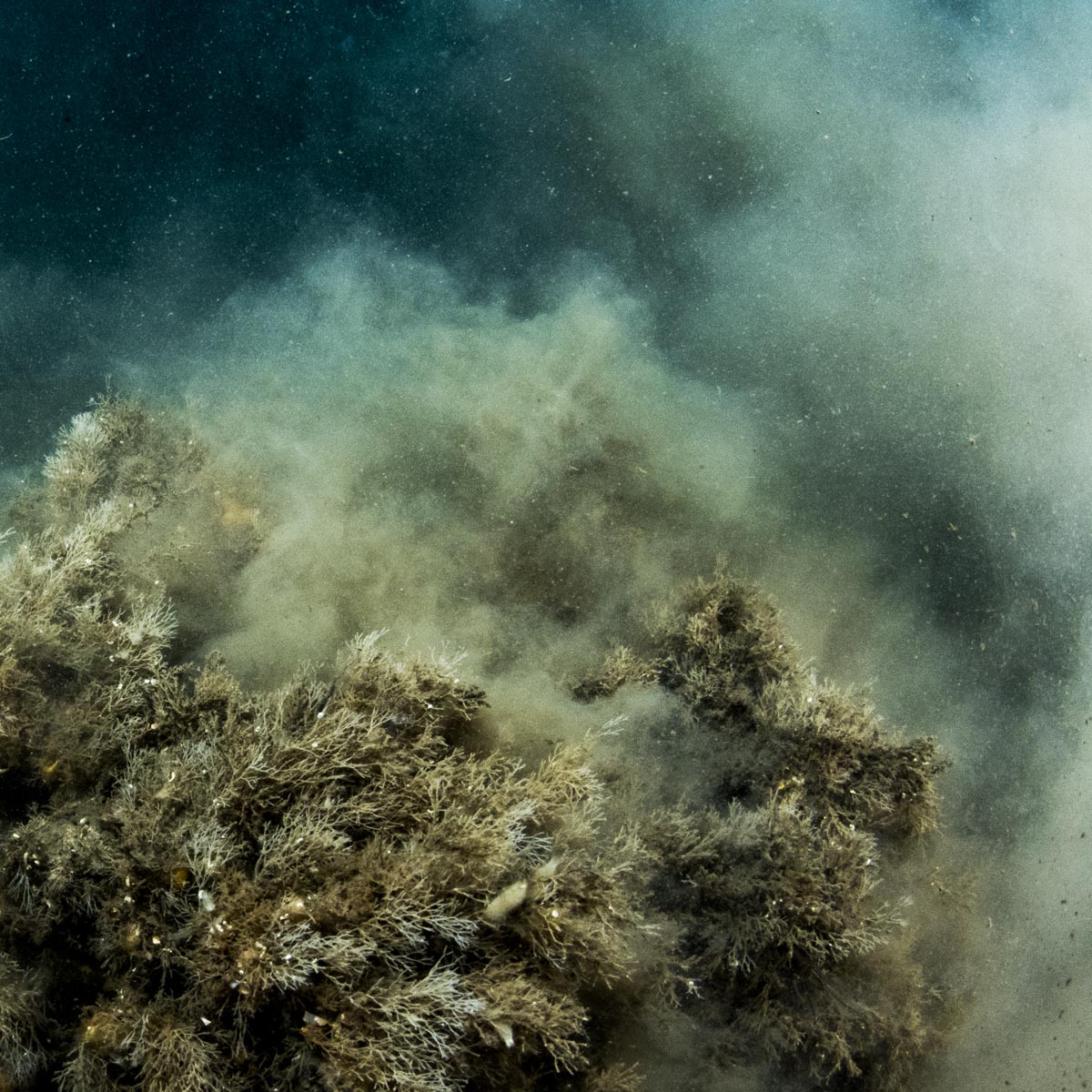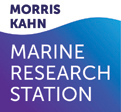 Oceans cover 70% of the Earth while sedimentary habitats cover most of the ocean bottom (ranging from gravel to fine muds), making this the largest ecosystem on our planet in areal coverage. Surface sediment bacteria play a significant ecological and biogeochemical role in marine ecosystems due to their high abundance relative to the overlying water column, and they play a key role in the decomposition of the organic matter, nutrient and sulphur cycling, and carbon flux. As bacteria represent the basal element in the food web, these processes may facilitate the bioaccumulation of metals in higher trophic organisms. In addition, metabolites produced by bacteria are also known to increase the rate of mineral dissolution in surrounding sediments.
Oceans cover 70% of the Earth while sedimentary habitats cover most of the ocean bottom (ranging from gravel to fine muds), making this the largest ecosystem on our planet in areal coverage. Surface sediment bacteria play a significant ecological and biogeochemical role in marine ecosystems due to their high abundance relative to the overlying water column, and they play a key role in the decomposition of the organic matter, nutrient and sulphur cycling, and carbon flux. As bacteria represent the basal element in the food web, these processes may facilitate the bioaccumulation of metals in higher trophic organisms. In addition, metabolites produced by bacteria are also known to increase the rate of mineral dissolution in surrounding sediments.
The microbial community is very dynamic and sensitive and can rapidly change due to environmental changes, therefore characterization of the sediment microbiota may be used as an important tool for assessing environmental health and indicate changes in the ecological system.
Considering their importance for ecosystem function and their functionality as an environmental indicator, our knowledge of the bacteria that inhabit the surface sediments is very limited, especially in the Israeli continental shelf which highly interacts with human zone.
The first goal of the project, as part of the running Long Term Ecological Research, is to characterize the sediment along the continental shelf and create a database of sediment microbial communities. In the future, based on the monitoring data, the second goal will be to develop an environmental microbial-molecular indicator, which will enable us to characterize examined site health and observe further changes following environmental changes and/or anthropogenic impacts.



